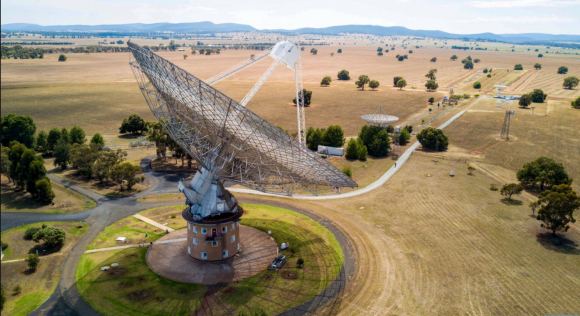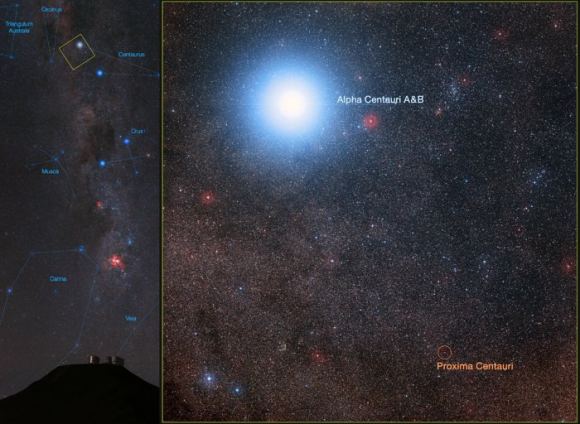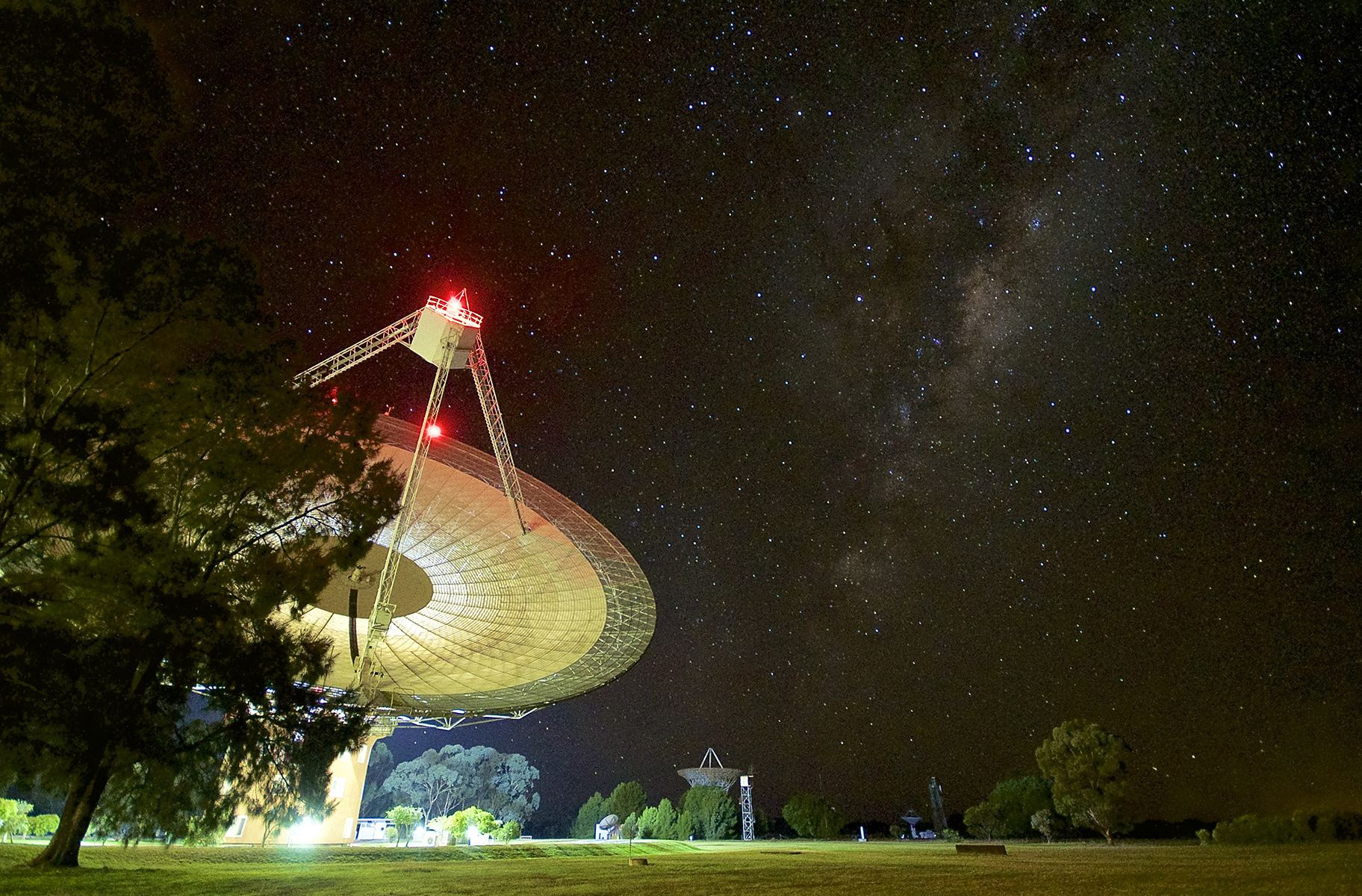


There’s a powerful scene in the movie “Contact” (one of my favs) where lead character Ellie Arroway is sitting among an array of telescopes and hears the first alien signal – an ominous pulse – received by humanity. She races back to the control center where the array is pointed off target and then back to verify the signal. Contact is made. Shortly after, a message is found in the signal and we’ve confirmed the existence of alien life! Ellie Arroway was inspired by a real-life pillar of the SETI community, Dr. Jill Tarter. I had the privilege of interviewing Jill Tarter last year and asked about that scene. She laughed saying “There’s not a lot of sitting around with headphones on. It’s not really that simple.” When it comes to analyzing signals from the stars for alien life, distinguishing a potential alien message from the noise of our own planet is quite complicated.
Founded in 2015, Breakthrough Listen is new to the SETI (Search for Extraterrestrial Intelligence) community. SETI itself isn’t just one initiative but rather a field of research made up of different projects, institutions, methods, technologies, and funding sources in the search for alien life. Breakthrough Listen’s specific mission is to observe one million of the closest stars and the 100 closest galaxies to Earth for “technosignatures” – signs of alien technology like radio signals. The program uses the Parkes Observatory in Australia 380km outside of Sydney, and the Green Bank Observatory in West Virginia, United States – both North and South Hemispheres to observe the whole sky.
Until now, all detections by Breakthrough can be attributed to cosmic phenomenon or detections of our own technology like signals bouncing off satellites. But one signal seems beyond terrestrial or natural explanation (for now) and is considered a potential contact candidate named “Breakthrough Listen -1” or “BLC-1”.
The signal was originally recorded between April – May of 2019 by the Parkes Observatory. (Coincidentally, in the fictional Star Trek Universe, first contact with aliens happens April 5th). The data was more recently revisited by undergraduate student Shane Smith who discovered a distinct narrow frequency of 982.002Mhz coming from Proxima Centauri, our closest neighbouring star system, at 4.2 light-years. The data also showed that just as Ellie Arroway experiences in Contact, when the observatory was “nodded” – moved off target and then back – the signal returned. Is the signal from aliens?


I reached out to Jason Wright, Professor of Astronomy and Astrophysics at Penn State University to comment on the story. Jason is also director of the Penn State Extraterrestrial Intelligence Center, “This is not a natural phenomenon—I haven’t seen the data, but if it passed BL’s tests then it’s too narrowband to be natural. It’s definitely caused by technology.” Jason added, however: “But it’s almost certainly ours!” (emphasis added). So most likely not aliens. Even Pete Worden, an executive director at Breakthrough Initiatives reiterated the signal will most likely fail to yield a positive result under further scrutiny. But the possibility hasn’t yet been ruled out. Under the direction of Penn State University Grad Student Sofia Sheikh, the research on BLC-1 is still ongoing in partnership with UC Berkeley‘s SETI program. The reason the public knows about the story before the published scientific results are because the story was leaked to the Guardian by an anonymous source which has caused a stir in the community.
While probably not aliens, the signal is still piquing scientific curiosity. The signal’s apparent origin, star system Proxima Centauri, has two exoplanets: Proxima b discovered in 2016 by Guillem Anglada-Escudé and their research team, and Proxima c a planetary candidate discovered in 2019. Proxima b is a rocky world that orbits in the habitable zone of its star allowing for the possibility of liquid water. It’s conceivable the planet could support life but we don’t actually know if the signal from Proxima Centauri originates from one of the system’s two planets.
The signal is shifted in frequency to suggest that it’s moving relative to Earth – it’s not physically ON the Earth – but could still be a satellite in orbit. Though the frequency of the signal, 982.002MHz, is uncommon for our radio-emitting technologies, and the region of the sky where Proxima is located is not known to host a great deal of satellite traffic. Lastly, the signal was very narrow in frequency, a distinct spike at 982.002MHz which, as Jason Wright pointed out, is likely technological in origin.
